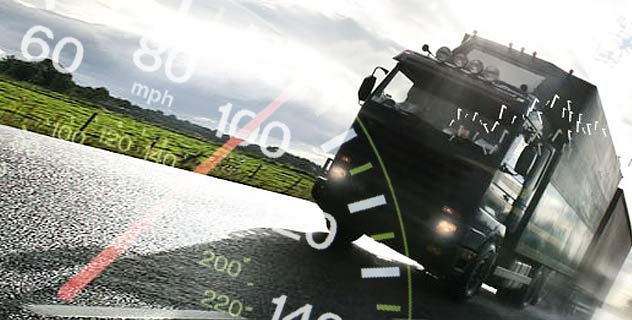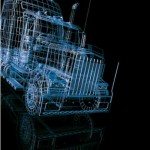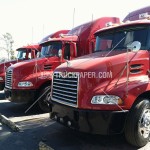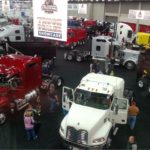EFFICIENT EQUIPMENT AND SYSTEMS
Many will say that the success or otherwise of any haulage business has more to do with the quality and specifications of operational assets. They are right! Every asset or vehicle deployed in the execution of haulage business has its peculiarities, uses and suitability for the job at hand. It is therefore important to understand how each piece of equipment used in the business is performing and to clearly understand whether you have the best specification of vehicle or other piece of equipment for the job required. We will consider this more under the following subheadings:
Enhancing vehicle specification
Tyres
Enhancing Vehicle Specification
A properly executed pre-commencement vehicle selection process right from the onset is always the best way to go. At this point, future regrets that may translate into huge cost overhead can be safely avoided. Particularly under an operating environment like ours where the structural and infrastructural deficiencies are monumental, it will be foolhardy not to assign top priority to pre-commencement haulage asset selection if the desire is to succeed in the business. When buying a new vehicle, it can be tempting to go for the least expensive or easily available option that will just ‘do the job’. However, over the life of a truck, running costs often add up to far more than the initial purchase costs.
There is often a financial trade-of between the initial investment required to buy a higher specification vehicle and the cost of operating the vehicle over a long period. For example, the effects of using a vehicle that makes loading and unloading of the product difficult, or poor maneuverability of the vehicle in an urban environment may increase delivery time. By analyzing information on vehicle maintenance costs, fuel used and average loading and unloading times, it may be safe to conclude that an asset specified to meet your individual needs will cost you less to run and perform more effectively. Whole-life costing, taking account of likely vehicle residual costs or scrap value as well as on-going operating costs, is the key to getting vehicle specification right from the outset.
Innovative vehicle specification can help to improve vehicle fill and increase productivity. For example, introduction of 40 tonner bulk tankers in the cement distribution sector has resulted in some measure of operational efficiency such as a reduction in the size of the fleet and increased earning per delivery for practitioners. Therefore, a new player would most likely want to give this the necessary consideration if the objective is to play competitively in this field.
In any case, midway into the haulage business, performance drive also demand that an assessment of the efficiency of different vehicles by make and model and equipment specification be carried out probably as a precautionary guide for future purchases or fleet expansion. Assessment like this will assist in determining efficiency-impacting variables like maximum permissible weight, vehicle size and configuration, engine power, torque, gearbox, final drive ratios and other eco-assisting styling of the vehicle.
Tyres
Tyre replacement cost may probably qualify as the next biggest cost item after fuel cost in the financials of any haulage business operating in Nigeria. Aside from the rapid wear and tear occasioned by the deplorable road conditions, unethical practices and driving technique of some drivers may be another reason accounting for this abnormal frequent replacement of a consumable that should under normal circumstances serve a minimum of 6months-1year depending on the millage covered per trip. However, it has also been scientifically proven that the rolling resistance of a vehicle’s tyres can also have a significant impact on the amount of fuel used. For example, there is a claim that fitting tyres with a 25% reduction in rolling resistance on all axles of a vehicle could improve its fuel consumption by at least 5%. Therefore haulage services companies that have so far exhibited a penchant for the patronage of substandard tyres all in a bid to ‘save’ cost may probably be losing out more on the index of fuel and replacement cost savings! Experience has also shown that proper monitoring and maintenance of the correct tyre pressure is essential for good rolling capacity which not only lead to a reduction in tyres replacement cost but also impact positively on fuel usage.







